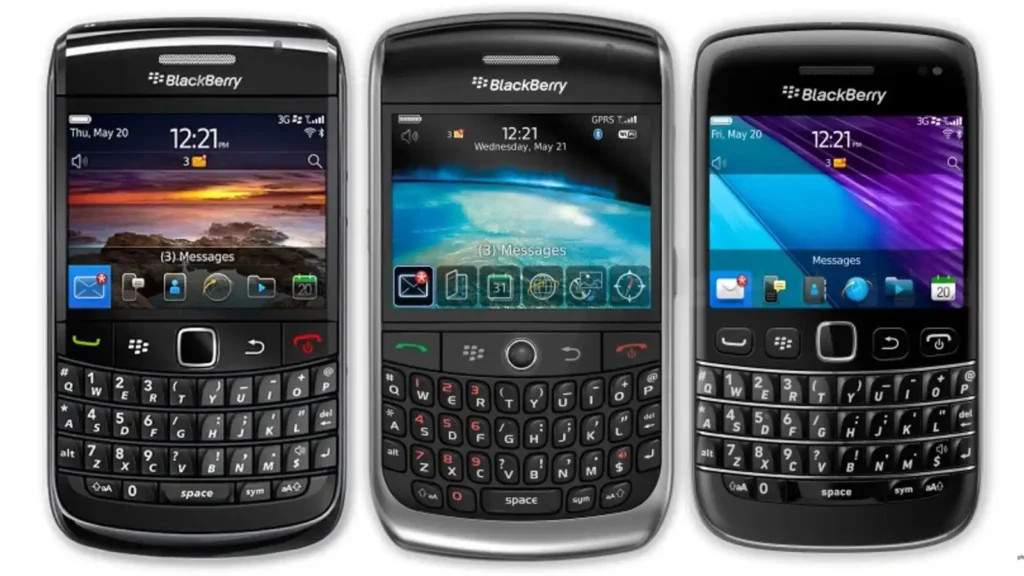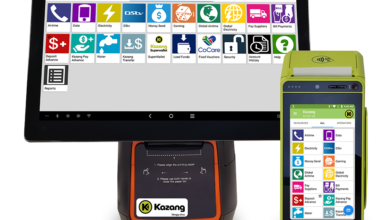Lessons From Blackberry’s Fall From Dominance in the Cellphone Industry

Lessons From Blackberry’s Fall From Dominance in the Cellphone Industry. Blackberry once reigned as the dominant force in the mobile phone industry, revolutionizing communication for professionals with its secure email services and sleek design. However, despite early success, the company’s eventual decline offers crucial lessons for entrepreneurs on the importance of adapting to market changes and staying ahead of innovation.
The Rise of BlackberryIn the early 2000s, Blackberry became synonymous with business communication. Its devices were favored by professionals, particularly for their secure email capabilities. The brand’s commitment to quality and security made it a leader in the corporate sector, and its smartphones were regarded as the must-have tool for business executives. Blackberry’s market share surged as a result, establishing the company as a dominant player in the global phone industry.

The Key Turning Points
However, the mobile phone market was evolving quickly. The introduction of the iPhone in 2007 marked a pivotal shift. Unlike BlFor aspiring entrepreneurs, the Blackberry story underscores the importance of staying agile and responding to market shifts. The tech industry, especially, moves at an incredibly fast pace, and brands must innovate continually to maintain relevance. Sticking too rigidly to a formula that once worked can quickly lead to obsolescence, especially in industries that thrive on innovation.
Blackberry, which focused primarily on physical keyboards, Apple’s touch-screen phone offered a more intuitive user experience and innovative features, such as a thriving app ecosystem. Initially, Blackberry dismissed this shift, sticking to its niche and loyal customer base.
This decision became a significant turning point. As the market demand shifted toward touch-screen smartphones and more versatile operating systems, Blackberry’s failure to innovate and embrace new technologies hindered its ability to compete. The company was slow to recognize that the industry was no longer solely driven by business users but by a wider consumer base with a growing interest in entertainment, social media, and apps.
Failure to Innovate and Adapt
Blackberry’s inability to adapt to the evolving smartphone landscape is one of the most important lessons for entrepreneurs. As Apple and Android devices began to dominate the market with their innovative features and vast app ecosystems, Blackberry’s products remained largely unchanged. While the company made attempts to update its operating system and integrate apps, these efforts were often too little, too late.
For aspiring entrepreneurs, the Blackberry story underscores the importance of staying agile and responding to market shifts. The tech industry, especially, moves at an incredibly fast pace, and brands must innovate continually to maintain relevance. Sticking too rigidly to a formula that once worked can quickly lead to obsolescence, especially in industries that thrive on innovation.

The Importance of Consumer-Centric Design
Blackberry also struggled with understanding the needs and desires of the broader consumer market. While it excelled at creating devices tailored to business professionals, it failed to grasp the importance of user experience in a broader context. The success of the iPhone, in particular, demonstrated that consumers value simplicity, design, and versatility in their devices.
By focusing too heavily on business customers and not embracing the larger consumer market, Blackberry missed out on critical growth opportunities. In contrast, Apple’s ability to design a user-friendly interface that appealed to both business professionals and everyday consumers proved to be a key factor in its success.
Marketing and Brand Positioning
Blackberry also faltered in its marketing and brand positioning. As competition intensified, the company’s messaging remained focused on security and business use, rather than highlighting lifestyle and consumer appeal. In contrast, Apple’s marketing campaigns emphasized the iPhone’s versatility, emphasizing entertainment, social media, and its overall cultural relevance. This approach allowed Apple to establish a powerful emotional connection with its customers.
For entrepreneurs, the lesson is clear: it’s crucial to position your brand in a way that resonates with the needs and desires of your target market, and not just rely on one segment. Innovation in marketing strategies, especially as the market evolves, is key to sustaining growth.
Key Lessons for Entrepreneur
- Adapt to Market Changes: Keep an eye on evolving trends and new technologies. Relying solely on what worked in the past can lead to missed opportunities and eventual decline.
- Embrace Innovation: Don’t hesitate to evolve your product offerings. If your company is not continuously innovating, it risks falling behind competitors who are more willing to adapt.
- Know Your Audience: Understand the full scope of your target audience. Relying too heavily on one segment—such as business professionals—can limit growth. Broaden your approach to reach a wider consumer base.
- Invest in User Experience: Prioritize the customer experience above all. Whether it’s in design, functionality, or usability, meeting consumer needs is key to fostering loyalty.
- Effective Brand Positioning: A brand must continuously refine its messaging to stay relevant. Marketing should evolve with consumer interests and the changing landscape of the industry.

Conclusion
Blackberry’s fall from dominance serves as a cautionary tale for entrepreneurs, highlighting the need for innovation, market awareness, and adaptability. While the company’s early success was undeniable, its eventual decline demonstrates that no brand is immune to failure if it stops evolving. By taking these lessons to heart, entrepreneurs can build businesses that are resilient, innovative, and capable of thriving in an ever-changing market landscape.




